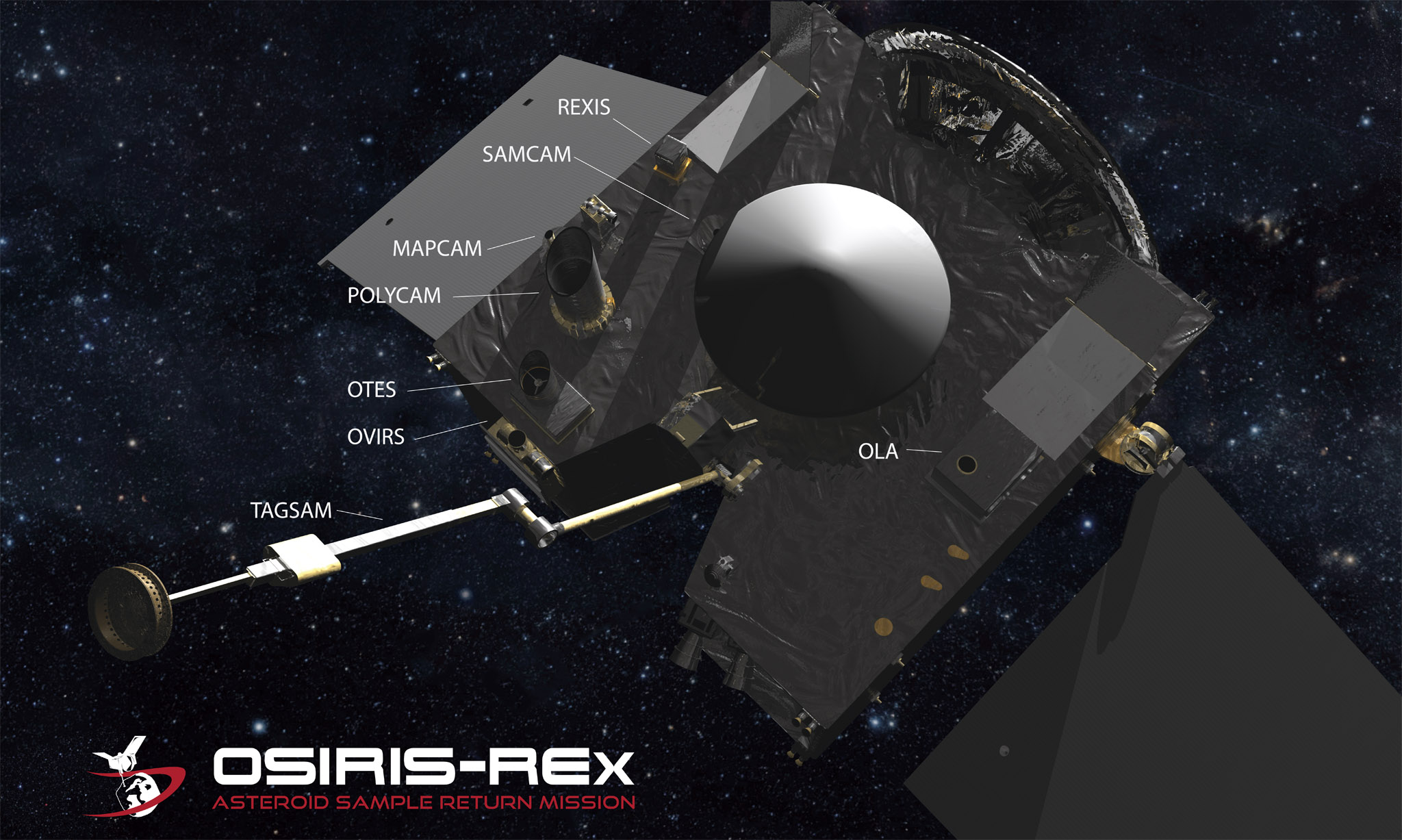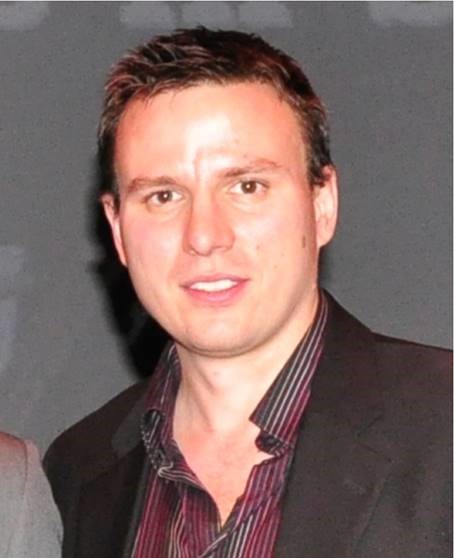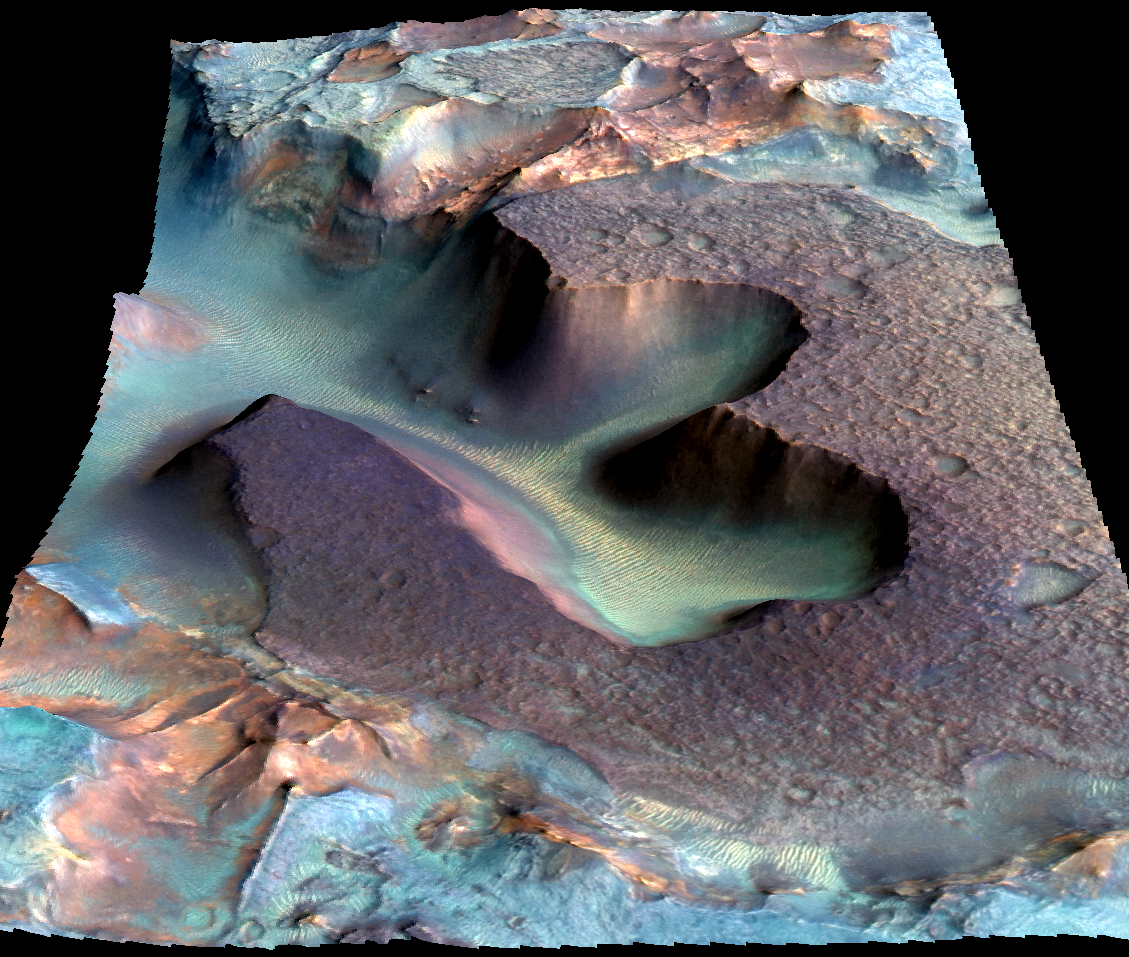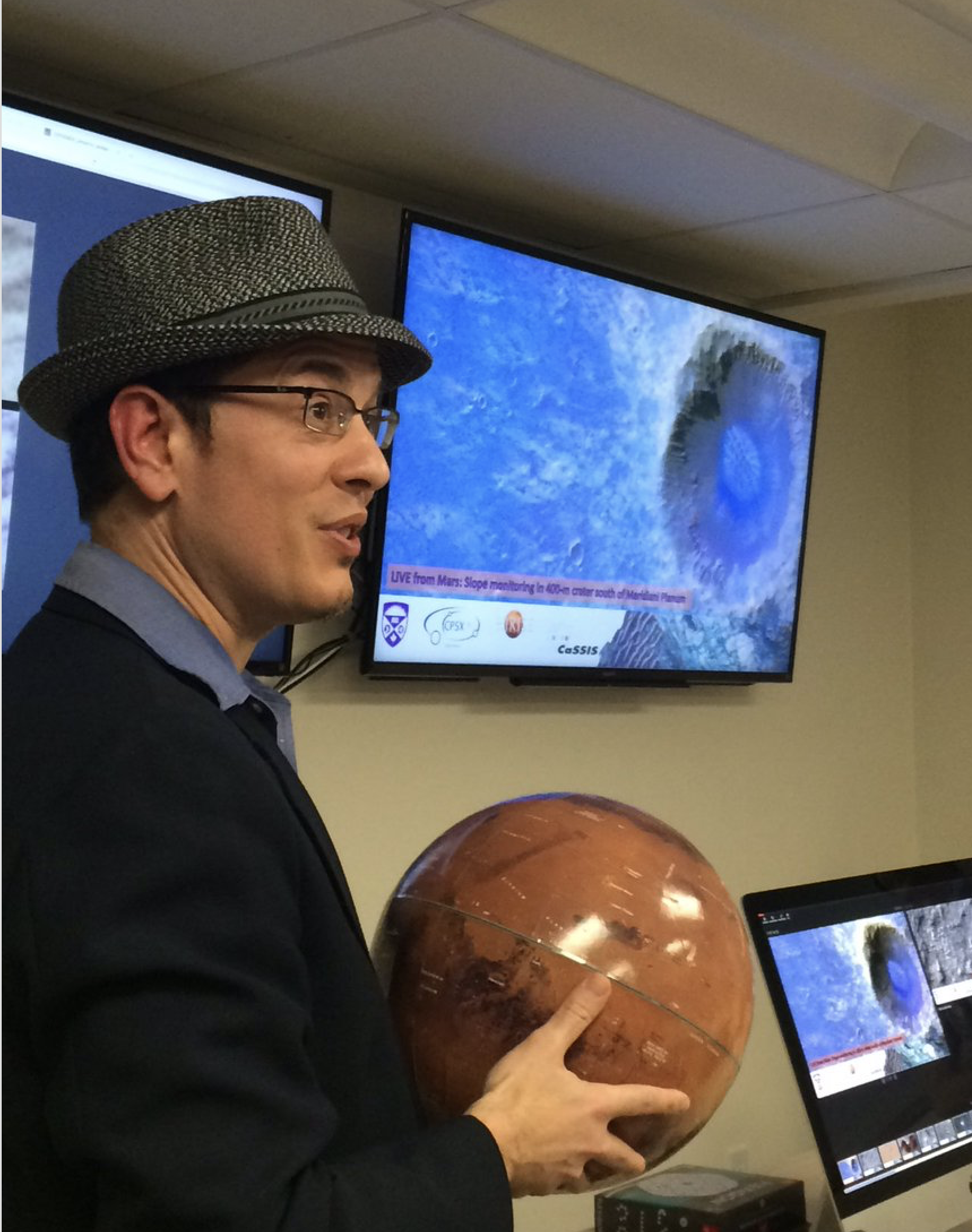Space Exploration Symposium 2018
The Institute for Space Science, Exploration and Technology with
The Royal Astronomical Society of Canada Edmonton Centre
The 2018 Space Exploration Symposium
Featuring keynote talks by two Canadian scientists involved in international space missions (see below), and talks and posters by University of Alberta students and other researchers.
Keynote speaker Cameron Dickinson
Planetary Scientist-MDA Brampton

Development of the OSIRIS REx Laser Altimeter
The joint NASA/Canadian Space Agency OSIRIS REx Mission is set to characterize and sample the primitive asteroid Bennu - a time capsule of our early solar system. Beginning in December of 2018, the OSIRIS REx Laser Altimeter (OLA), will provide unprecedented 3D data of the asteroid surface. Such data will be employed to provide a shape model of the asteroid, characterize its many craters, and help locate an optimal "Touch-and-Go" (TAG) sample site. This talk will focus on the challenges faced during the development, build and testing of this compact yet complex instrument, as well as the unique challenges of planetary missions in general. (Image credit: NASA/Goddard/University of Arizona)
FREE Public Talk - all are welcome!
No ticket or registration required
Tuesday, Oct 9, 2018
6 p.m. in room 8-207
Donadeo Innovation Centre for Engineering
University of Alberta

Cameron Dickinson is MDA Brampton's resident planetary scientist. He is the technical lead for the OSIRIS REx Laser Altimeter, and more recently the International Space Station replacement cameras (used to control the Canadarm2 and Dextre robots). Prior to his time in industry, he worked on Canada's contribution of a meteorological station to the Phoenix Mars Scout lander ('08). Cameron has a BSc and a Ph.D. in chemistry from Dalhousie University ('98 and '03, respectively).
Keynote Speaker Livio Tornabene
SETI Research Scientist, Adjunct Research Professor at Western University in London

Colour/Stereo Images of Mars from the ExoMars TGO Mission: Seeking sources of Martian gases and Future landing sites
The European Space Agency's (ESA) and Roscosmos ExoMars 2016 Trace Gas Orbiter (TGO) launched on the 14th of March from Baikonur, Kazakhstan, and arrived successfully at Mars on October 16th, 2016. TGO began observing the atmosphere and imaging the surface with the Colour and Stereo Surface Imaging System (CaSSIS) in March/April 2018. CaSSIS is unlike anything sent to Mars before - a high-resolution camera providing full-colour/stereo images up to ˜9.5 km in width and up to ˜50-km long at &tilde4-5 m/pixel, over wavelengths extending into the near infrared. The camera can take photos of the same spots on Mars at different times of the day, allowing the study of processes happening over daily timescales. The main goals of CaSSIS are to provide images of possible sources of gases coming from the martian surface, investigate active processes on the surface (such as surface water or ice sublimation) and characterize potential landing sites for future robotic or human missions.
FREE Public Talk - all are welcome!
Wednesday, Oct 10, 2018
7 p.m. in room 3-27
Earth Sciences Building
University of Alberta

Dr. Livio L. Tornabene is SETI Research Scientist and an Adjunct Research Professor at Western University in London, Ontario. He is a Co-Investigator on the Colour and Stereo Surface Imaging System (CaSSIS) on the ExoMars 2016 Trace Gas Orbiter. Dr. Tornabene has over 16 years of experience with planetary missions, including as a science team member with the High-Resolution Imaging Science Experiment (HiRISE) on the 2006 Mars Reconnaissance Orbiter (continuing), and as a junior science team member on 2001 Mars Odyssey and the 2004 Mars Exploration Rovers (Spirit and Opportunity) while pursuing his Ph.D. ('07) from the University of Tennessee (Knoxville). Dr. Tornabene currently leads CaSSIS and HiRISE planning and operations, including training, twice a year from Western University, a unique position within planetary science in Canada.
